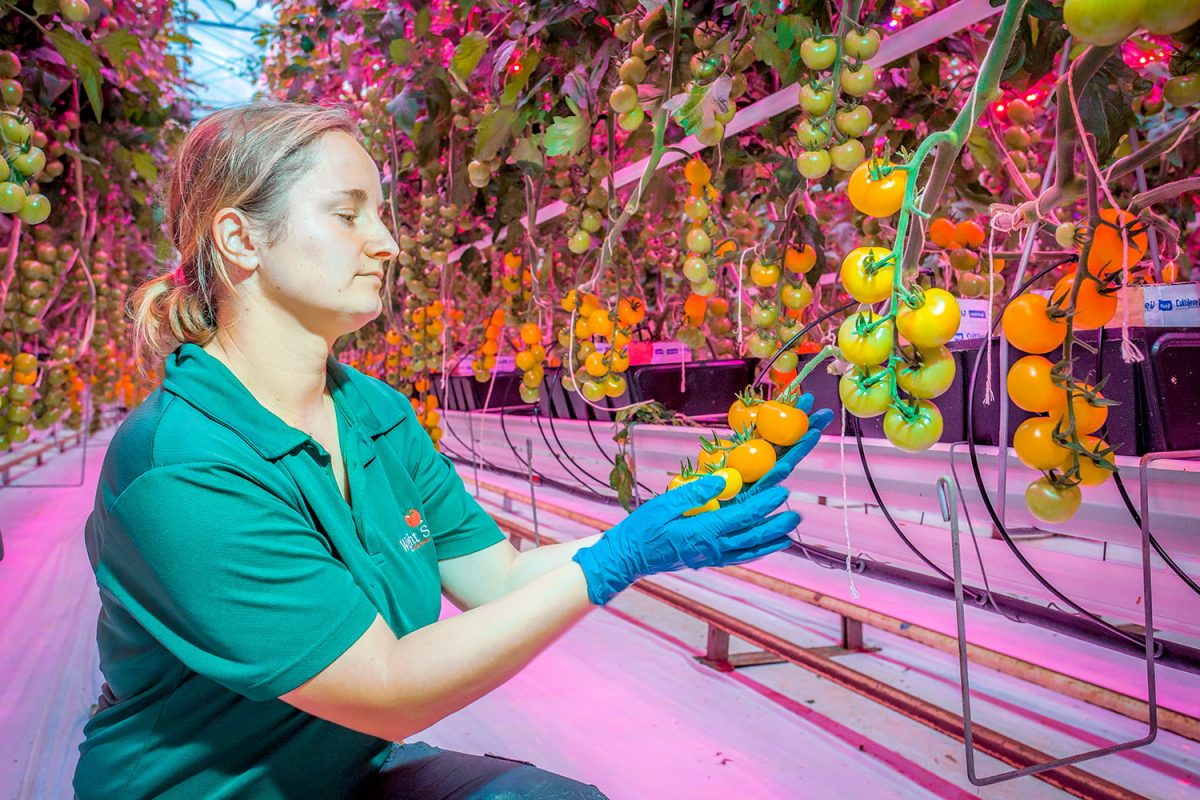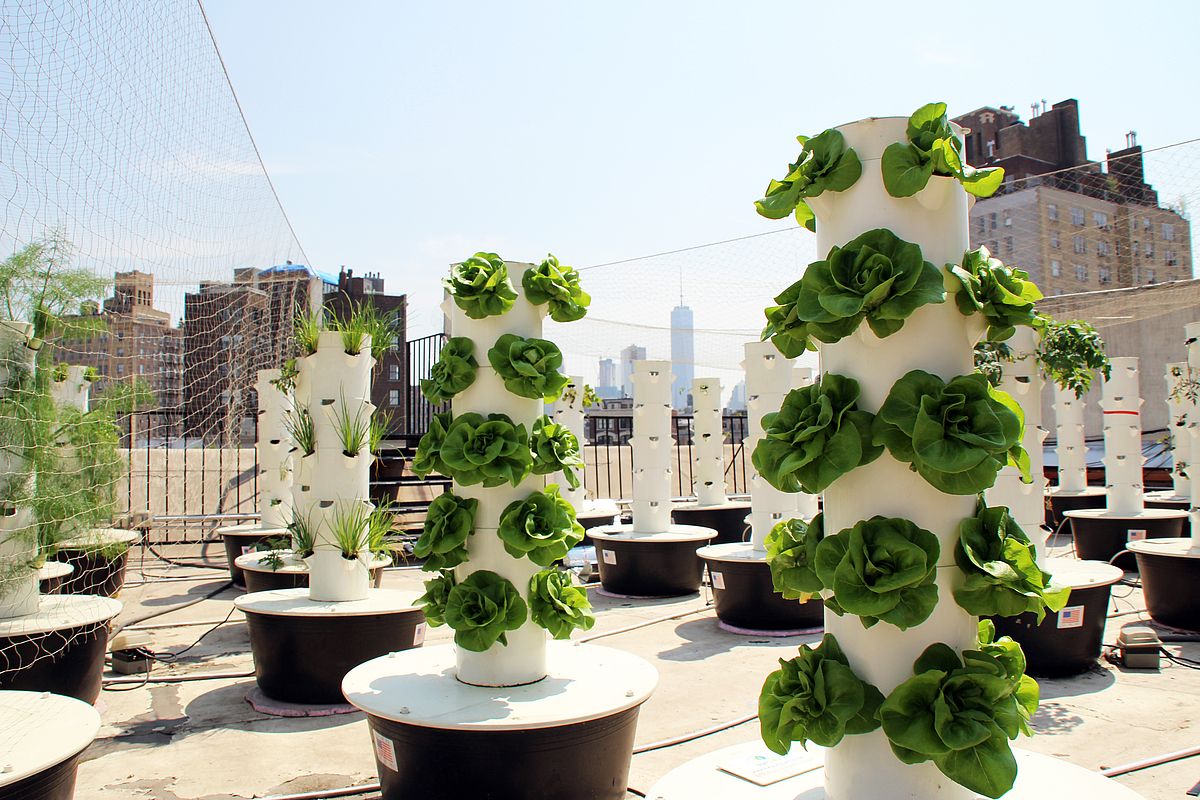There are a lot of predictions for 2025 in various industries, and the food industry is no exception. Here are some vertical farming trends that we expect to see through 2025.
1. More Urban Consumption
Our planet is becoming more urbanized. This growing urbanization is causing a slew of problems, one of which is increased food insecurity. This issue may be addressed with the aid of vertical farming. Plants are cultivated indoors and piled vertically in containers in a vertical farm.
As a result, a vertical farm can produce significantly more food in far less space than regular farms. Due to the fact that these farms are inside, they may be planted everywhere in the world, independent of climate or soil quality. Because vertical farms take up less room than a typical shop, they are ideal for feeding urban populations.
2. More Food Production Locally
In addition, there is a growing trend toward greater local food production. Fresh food is more sustainable, healthier, safer, and superior for the customer and the environment as a whole.
We anticipate that the farm-to-table concept will continue to expand through the year 2050 and even beyond. But how will we supply this demand when consumers want fresh produce to be accessible all year, especially in cold or arid climates?

3. Vertical Farming Will Grow
Vertical farming, once again, gives the solution. Such farms can produce fresh foods and crops year-round in any area of the world since they can integrate into metropolitan areas and do not require a favorable environment to develop.
In fact, the majority of our products can be transported from farm to shop shelf in as little as two days! Considering the advantages of vertical farming, it is not shocking that the demand for vertical farms is predicted to develop at an exponential rate in the future.
The vertical farming industry’s actual value is predicted to reach $10 billion by 2025. So, how can you get started with vertical farming before even the technology evolves? Home Grown Farm provides a complete vertical hydroponic farming solution. Our farms can yield crops all year on relatively little land.
Each greenhouse additionally employs 30 people full-time. Our vertical farms are also long-term sustainable since they utilize 98 percent less water and 99 percent less land than traditional farming, with no food waste due to spoiling in shipment.

